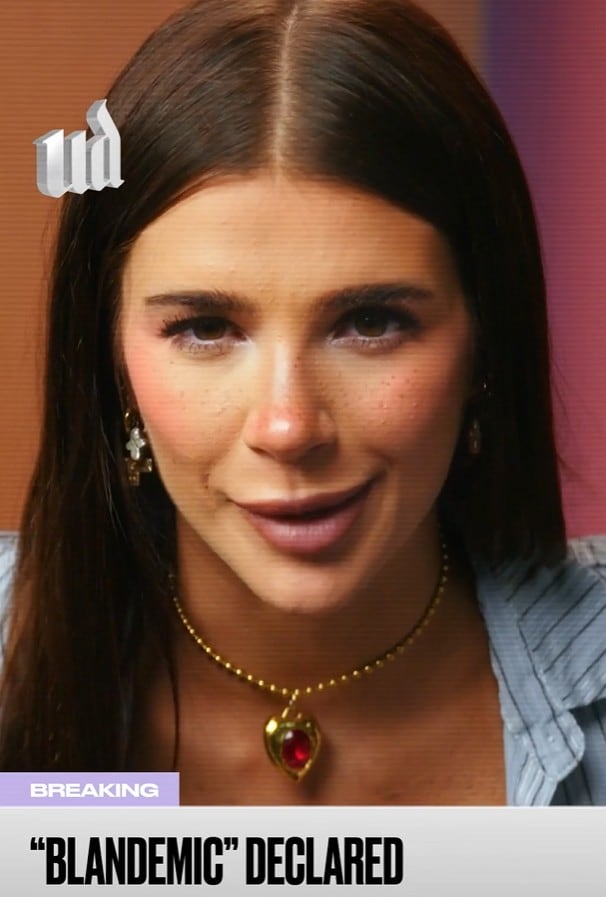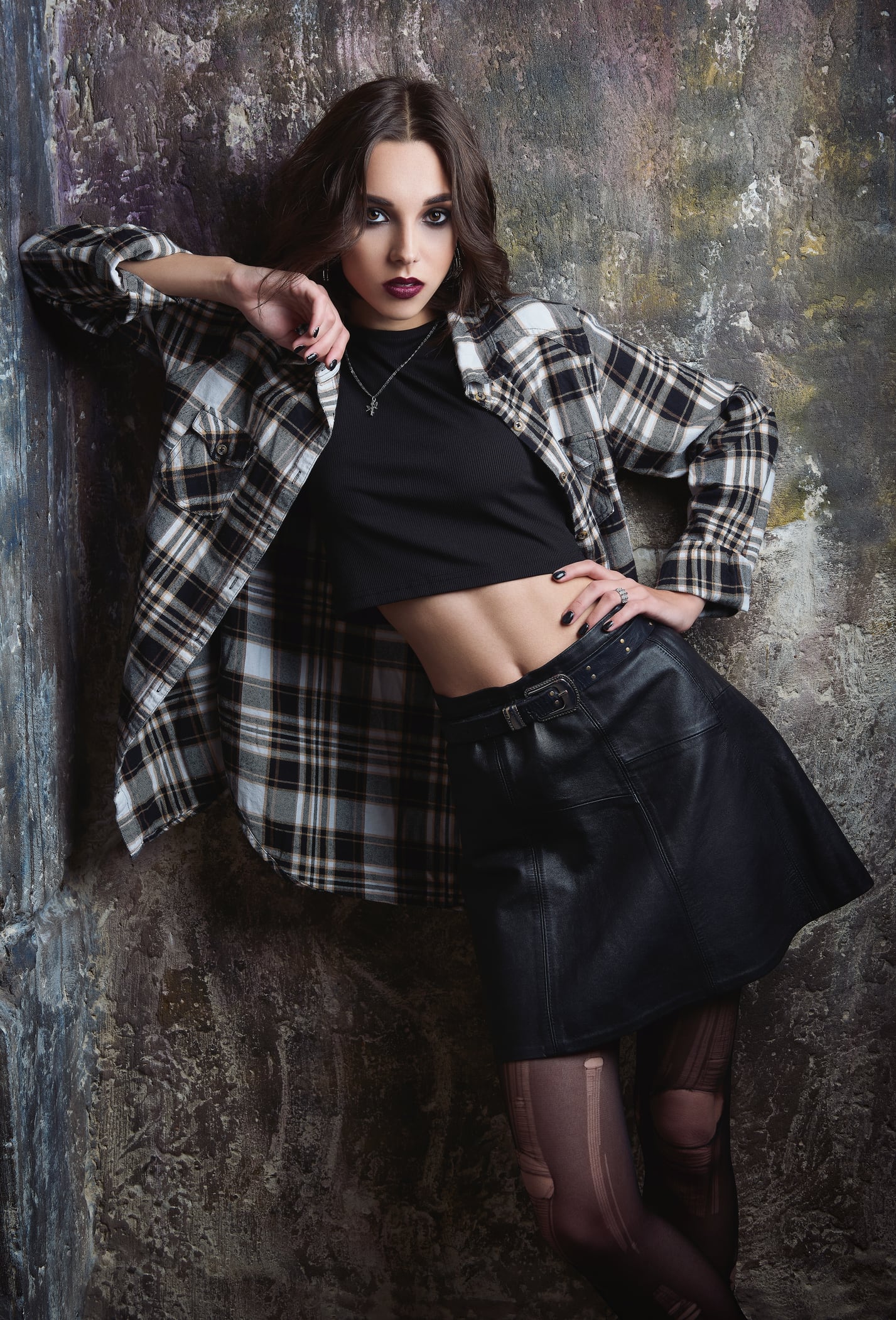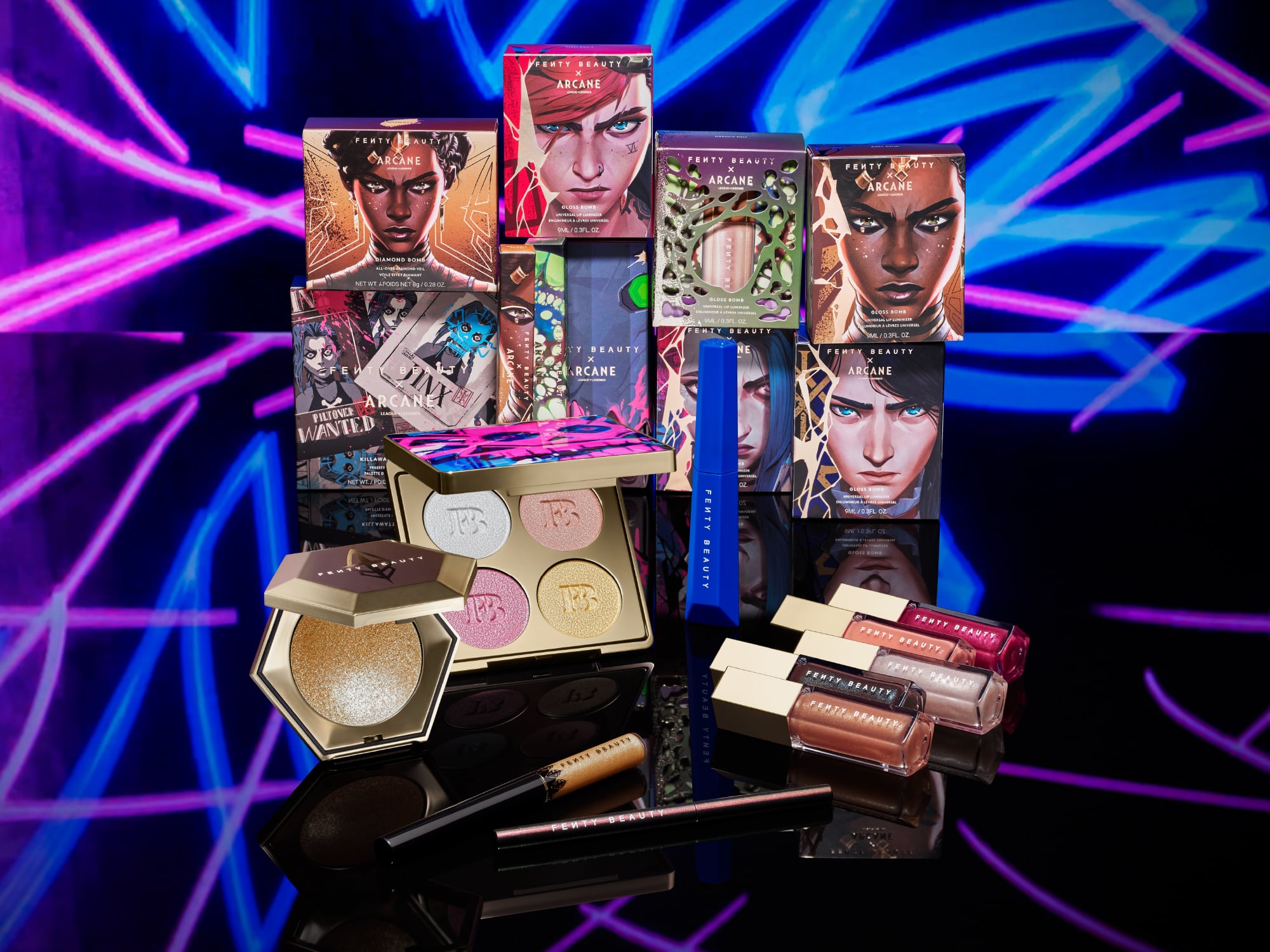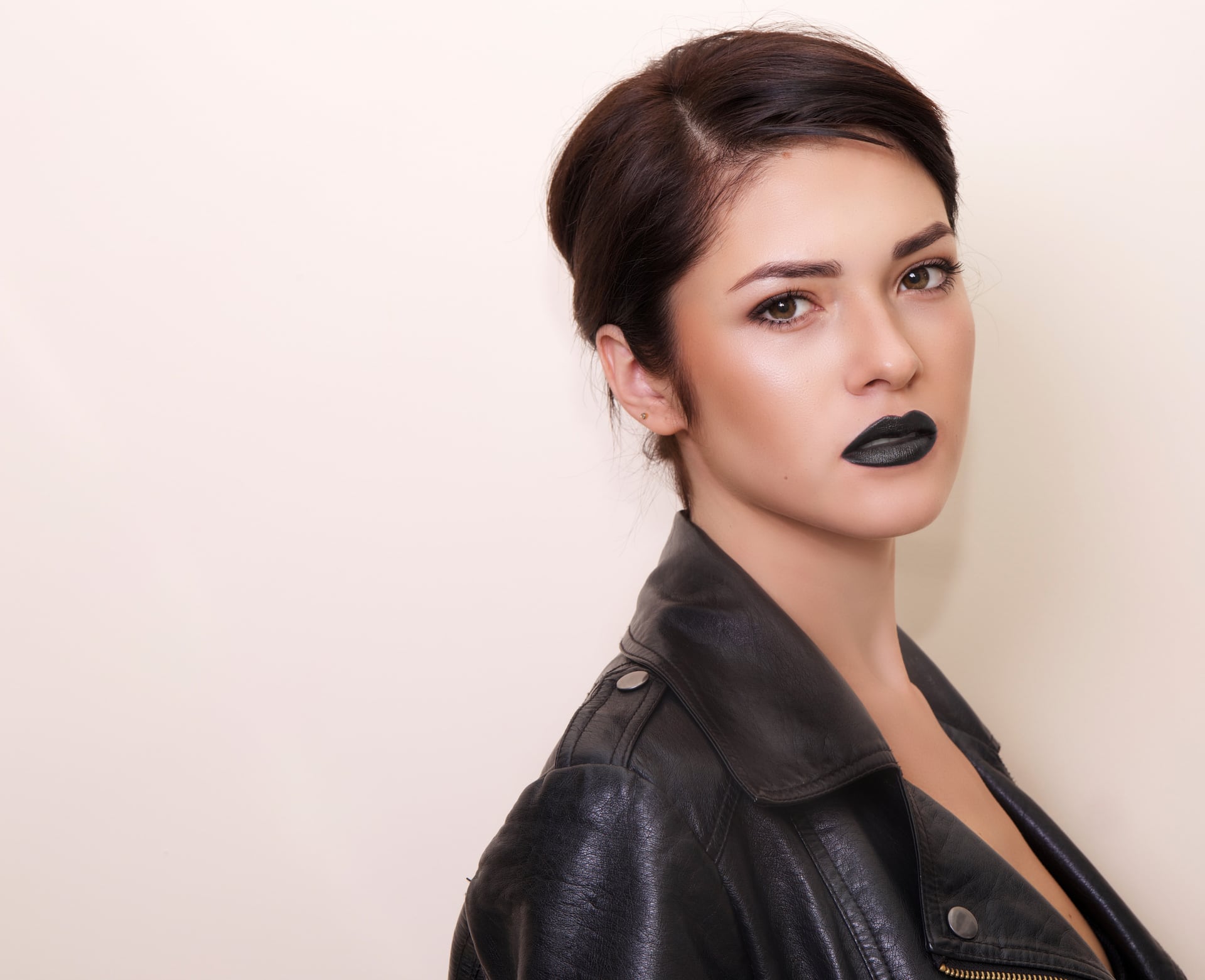Key takeaways
- Gen Z is embracing 90s-inspired beauty, from grunge makeup to pixie cuts.
- This marks a shift away from the polished ‘clean girl’ aesthetic.
- Brands have an opportunity to innovate with raw, expressive products and packaging.
- Challenger and established brands alike can evolve by tapping into this cultural moment.
- Individuality, rebellion, and creativity are key drivers behind this trend.
Gen Z is launching a grunge revival and it’s a wake-up call for beauty brands, as this 90s-inspired beauty is beginning to drive more edgy innovation.
According to Johanna Augustin, CEO & Partner at Stockholm-based brand and design agency Pond Design, this marks a huge U-turn away from the ‘clean girl’ aesthetic that has dominated social media feeds for the past few years.
Augustin points out that the growing interest in elements of 90s culture, such as grunge makeup looks and low-maintenance haircuts, signals a shift in consumer mindset, clearly moving away from the previous obsession with polished perfection.
“From a fixation on an almost pretentious ‘I woke up like this’ natural beauty, towards a more ‘I don’t care’, expressive, raw and individualistic style. It signals a mental shift as well as a potential change in product usage—smearing, smudging, layering rather than focusing on ‘the perfect lip’,” she said.
Why Gen Z is turning to 90s beauty for inspiration
Augustin believes this will translate into a renewed focus on “products and campaigns that celebrate individuality and self-expression, and that chime with a growing longing for brands with edge and attitude.”
“Brands should recognise that this trend is not just about aesthetics but about attitude,” she continued. “The 90s grunge revival is rooted in a sense of rebellion and edginess. It’s playful, but not in a cute way—more in a personal, ‘anti’, alternative kind of way.”
How brands can evolve beyond the clean girl aesthetic
After years of clean beauty, accompanied by minimalist and increasingly homogenised—even dull—packaging and branding, this may be a long-overdue backlash.
Augustin said that while products are well-designed and super attractive, brands have fallen into the trap of taking a cookie-cutter approach, sharing colour codes, typography and overall aesthetic.
“For brands, this shift marks a return to a less polished, more alternative expression,” she said.
This also presents a golden opportunity for challenger brands. “There is a chance to dial up the creativity to stand out and feed this new attitude,” she shared.
Already established beauty brands that were once basing their branding around the clean girl aesthetic also have the chance to evolve.
“On the comms side, they can easily tap into this through messaging and campaigns,” Augustin continued. “On the brand assets and packaging side, they can also apply a layer of attitude to add a sense of non-pretentiousness.”
“Experiment with secondary logo types or unexpected colour combinations and materials that evoke a sense of rawness and creativity,” she shared.
Opportunities for edgy and alternative cosmetics branding
Meanwhile, beauty brands that always had that edginess at their core can capitalise on its renewed relevance with fresh initiatives, pushing it further into the totally unexpected, she suggested.
One example of this is Urban Decay’s recently announced partnerships with OnlyFans star Ari Kytsya, outspoken actress Dove Cameron, and DJ Tara Yummy to help customers ‘ditch conformity and reclaim creativity’.

These ambassadors are unapologetically the antithesis of the clean girl aesthetic. In the ad video, Ari Kytsya declares we are in a ‘blandemic’ and that ‘everyone looks the same’. She calls for boring makeup to be “cancelled”, denouncing “fifteen-step barely there” looks and demanding that we “bring uncensored makeup back to centre stage.”
“Brands rooted in the ‘clean girl’ aesthetic don’t necessarily need to abandon their identity but can also evolve,” said Augustin. “There will always be trends and counter-trends—consumers will always be curious and searching for the new experience. The key as a brand is to maintain your core DNA while adapting to the cultural moment.”





